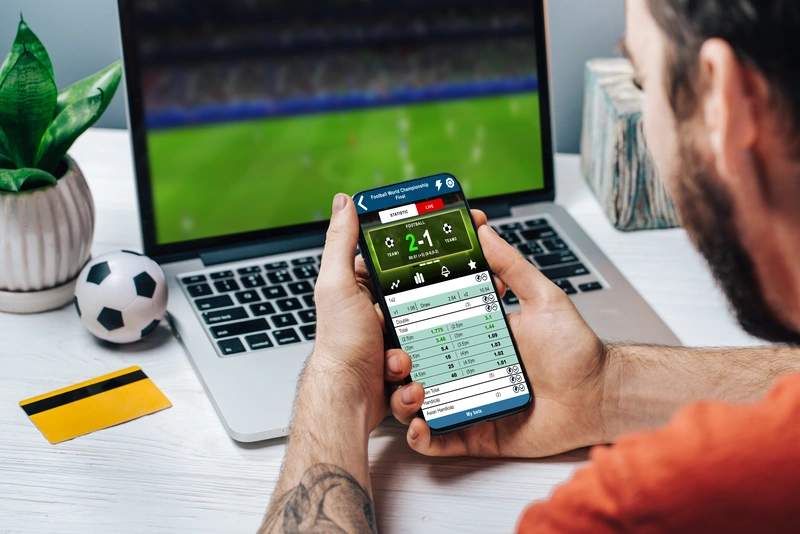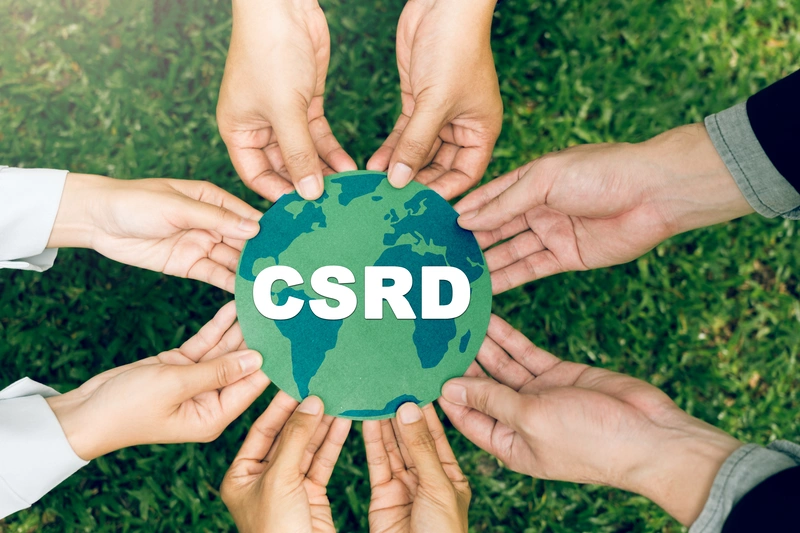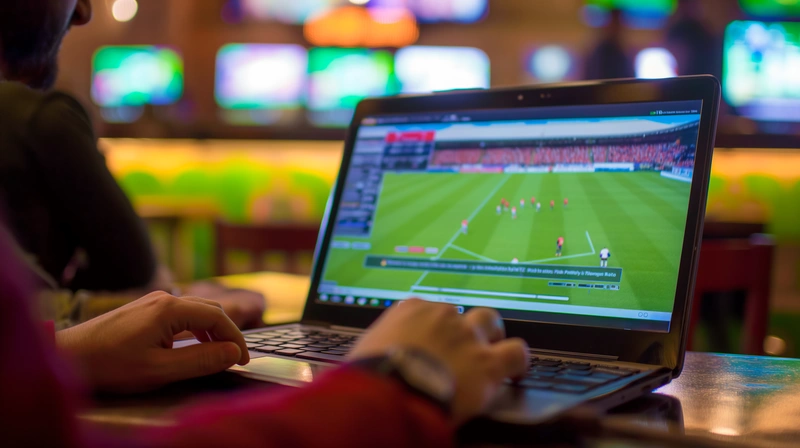Anyone starting a business or launching a new product is likely to spend a lot of time searching for the perfect brand name. The meaning, sound and pronunciation – every detail is crucial. It's just a shame if all that changes in one fell swoop as soon as you expand into another country. What to bear in mind when localizing your brand name.
On vacation in Italy. Whether you’re in the port of Ancona or Senigallia with the breeze of the Adriatic coast blowing in your face, or inland marveling at the historic walls of the town of Urbino – when hunger strikes, a traditional pizza margherita is the meal of choice. Ideally in a restaurant. But have you ever looked around an Italian supermarket for the frozen equivalent as a quick snack to take home to your AirBnB? If so, you have probably come across Cameo – the name under which Dr. Oetker’s pizzas are sold in Italy.
Yes, even in the land of pizza and pasta, people often turn to convenience products when they don't feel like going to a restaurant or kneading dough at home. Even true Italians do the same, as long as the product is made palatable to them. And the brand name is right.
Brand identity in Italian
Selling frozen pizza to the Italians sounds like a challenge. However, it is all but impossible to convince someone living in Italy to eat frozen pizza with a German name – and not just because of the pronunciation barrier. This calls for a clever translation of the brand name, whose importance in localization should never be underestimated. That’s because it quite literally sits above everything else. It is the brand’s calling card and has a major influence on the brand’s identity. The identity of brands is entirely dependent on their names.
This is also why people invest a lot of time and energy finding a name whenever they set up a company or launch a new product: the sound must be right; the meaning must roll off the tongue easily and be memorable. In the first step, companies mainly focus on the market of origin, for example, the German-speaking countries. What do customers there know and like? What factors should be included in the messages to be conveyed on the market?
How a product name conquers markets
Hopefully, things go so well afterward that the next item on the agenda is expanding into a new market. New marketing content then is compiled, a new advertisement is designed for the market launch, and money is spent on translation.
At the end of the day, an experienced partner at your side will tell you whether or not the name you have carefully chosen will work in one of your key target markets. This is how Dr. Oetker in Italy, for example, first became Cammeo and then Cameo. It rolls off the tongue more easily in Italian, is easier to understand, and suggests to customers that they are consuming an Italian pizza.
Sports car with a flat tire
Numerous examples from the automotive industry illustrate what can happen if no-one explains these linguistic pitfalls in time. These mainly involve the names of new car models that were either a source of amusement (in the most harmless case) or outrage and financial losses (in the worst case) when they entered particular markets. Take, for example, the Toyota MR2, which sounded like “merde” when pronounced in French – more like a casually pronounced curse word.
Unfortunately, the Lamborghini Reventón instantly became a sports car with a flat tire in the Spanish market – hardly the definition and association that the marketing team had in mind.
How to avoid name disasters
To prevent this from happening, a good-quality translation must not be simply confined to finding the equivalent of a word in the target language. This is an immediate disadvantage in terms of content and advertising. With a brand name, it is nothing less than fatal.
That’s because every word carries with it emotion and character; it creates ideas about the nature of products. A brand name that is either reminiscent of words with negative connotations in another language or actually uses one of these words will reduce the value of a product in a way that no other marketing tool can match. For example, the fact that the first syllable of the German coffee brand “Tchibo” also sounds like “shi” when pronounced somewhat sloppily, which in turn means “death” or “suicide” in Japanese, will do nothing to boost sales of that particular coffee. Indeed, things go from bad to worse at the second syllable “bo” because that could be translated as “tombstone”. This explains why the brand has a completely different name in Japan.
Added to this are the above-mentioned pronunciation difficulties that affect the catchiness of a brand name. A brand name that nobody understands and nobody can remember serves no purpose. Nor does it help if its exotic sound sets it apart from competitors in the markets and their offerings.
What really matters when translating brand names
The successful localization and translation of the brand names must take all cultural differences into account, and experienced translators always keep up to date in this regard. They are familiar with all the colloquial phrases and regional idiosyncrasies that could be associated with a brand name – and which would harm the brand’s image.
Having all that information at hand to help you find the right name for your products is an essential part of their job. This will protect your company’s good name in other markets and build a good reputation abroad right from the start. So, even in Italy, frozen pizzas have a chance of ending up in the shopping cart alongside vegetables and meat.







